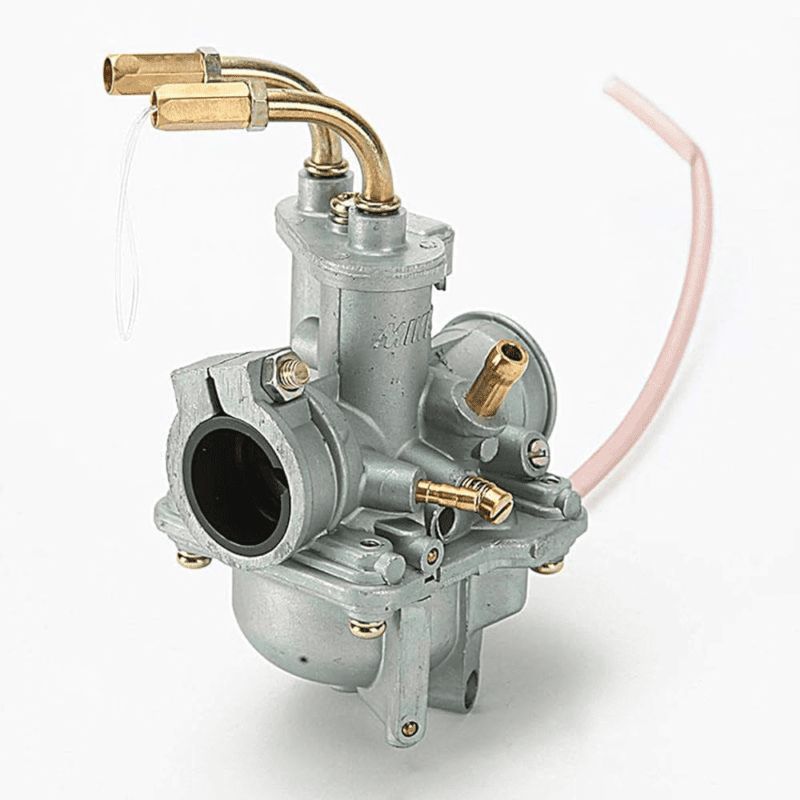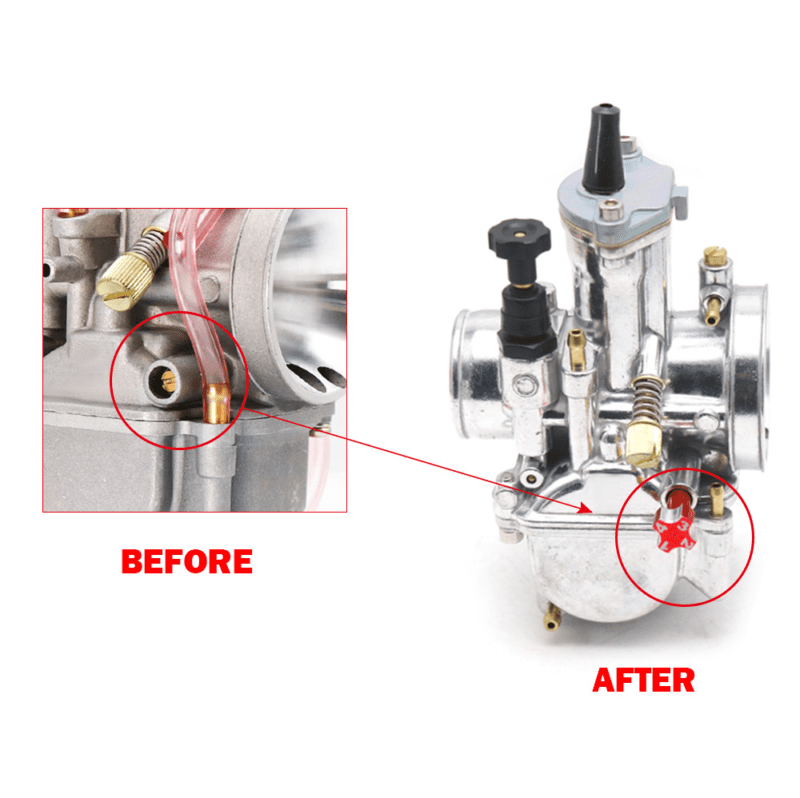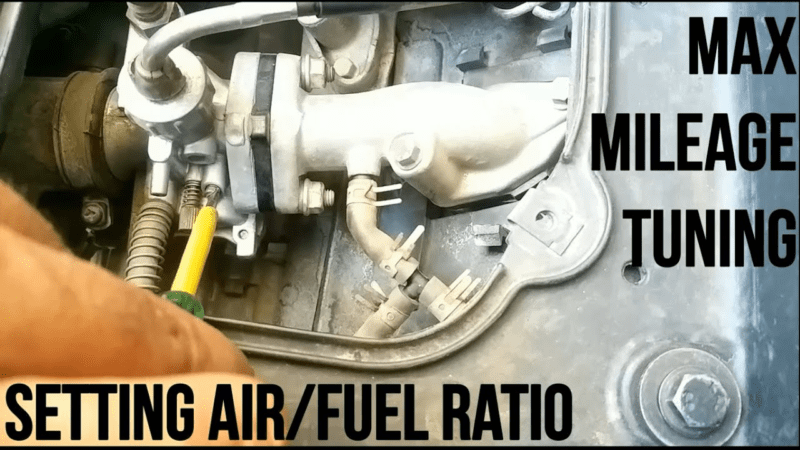
Introduction
Carburetors play a crucial role in the performance and fuel efficiency of your motorcycle. Proper tuning ensures optimal air-fuel mixture, which directly impacts power delivery, throttle response, and overall riding experience. In this user-friendly guide, we’ll explore how to adjust your carburetor for both maximum mileage and performance.
Table of Contents
- Understanding the Basics
- Preparation
- Locating the Fuel/Air Screw
- Tuning Process
- Air-Fuel Ratio and Its Impact
- Common Mistakes to Avoid
- Practical Tips
1. Understanding the Basics
What is a Carburetor?
A carburetor is like the heart of your motorcycle’s breathing system. It mixes air and fuel to create a combustible mixture that powers the engine. Proper tuning ensures efficient combustion and optimal performance.
2. Preparation
- Warm Up Your Engine: Take your bike for a ride to warm up the engine. This ensures accurate tuning.
- Gather Necessary Tools: You’ll need a screwdriver, eyes, brains, and ears.
3. Locating the Fuel/Air Screw

- The fuel/air screws adjust the air-fuel ratio, acting as the “food substance” for your engine.
- Think of it like balancing proteins, carbs, fats, and water in your body.
4. Tuning Your Carburetor
- Locate the Fuel/Air Screw:
- The fuel/air screws are responsible for adjusting the air-fuel mixture.
- Typically, there are two screws: the idle mixture screw and the main mixture screw.
- Refer to your motorcycle’s manual to find their exact location.
- Adjust the Idle Mixture Screw:
- Start the engine and let it idle.
- Turn the idle mixture screw clockwise until the engine starts to stumble or stall.
- Then, turn it counterclockwise until the idle is smooth and steady.
- Find the sweet spot where the engine runs smoothly without hesitation.
- Adjust the Main Mixture Screw:
- Take your motorcycle for a ride at varying speeds.
- Pay attention to throttle response and acceleration.
- If the engine feels sluggish or lacks power, it might be running too lean (too much air).
- If there’s excessive exhaust smoke or poor fuel economy, it might be running too rich (too much fuel).
- Adjust the main mixture screw accordingly:
- Turn it clockwise to lean the mixture (more air).
- Turn it counterclockwise to enrich the mixture (more fuel).
- Find the Optimal Mixture:
- Aim for an air-fuel ratio of approximately 15:1 (15 parts air to 1 part fuel) for best performance and mileage.
- Fine-tune by making small adjustments to both screws until you achieve the desired balance.

Excessive Engine Oil Consumption: Causes, Symptoms, Repairs, and Prevention
5. Air-Fuel Ratio and Its Impact

- Stoichiometric Ratio: For best performance and mileage, supply a stoichiometric mixture (14.7 parts air to 1 part fuel).
- Balancing Act: Lean and rich mixtures are undesirable; find the sweet spot.
6. Common Mistakes to Avoid
- Over-Tuning or Under-Tuning: Be precise; small adjustments matter.
- Fuel Type Consistency: Stick to one type during tuning.
7. Practical Tips
- Use a Tachometer: Helps newbies fine-tune accurately.
- Warm-Up Matters: Don’t start with a cold engine.
Remember, while tuning your carburetor, patience and attention to detail are key. Happy riding! 🏍️
